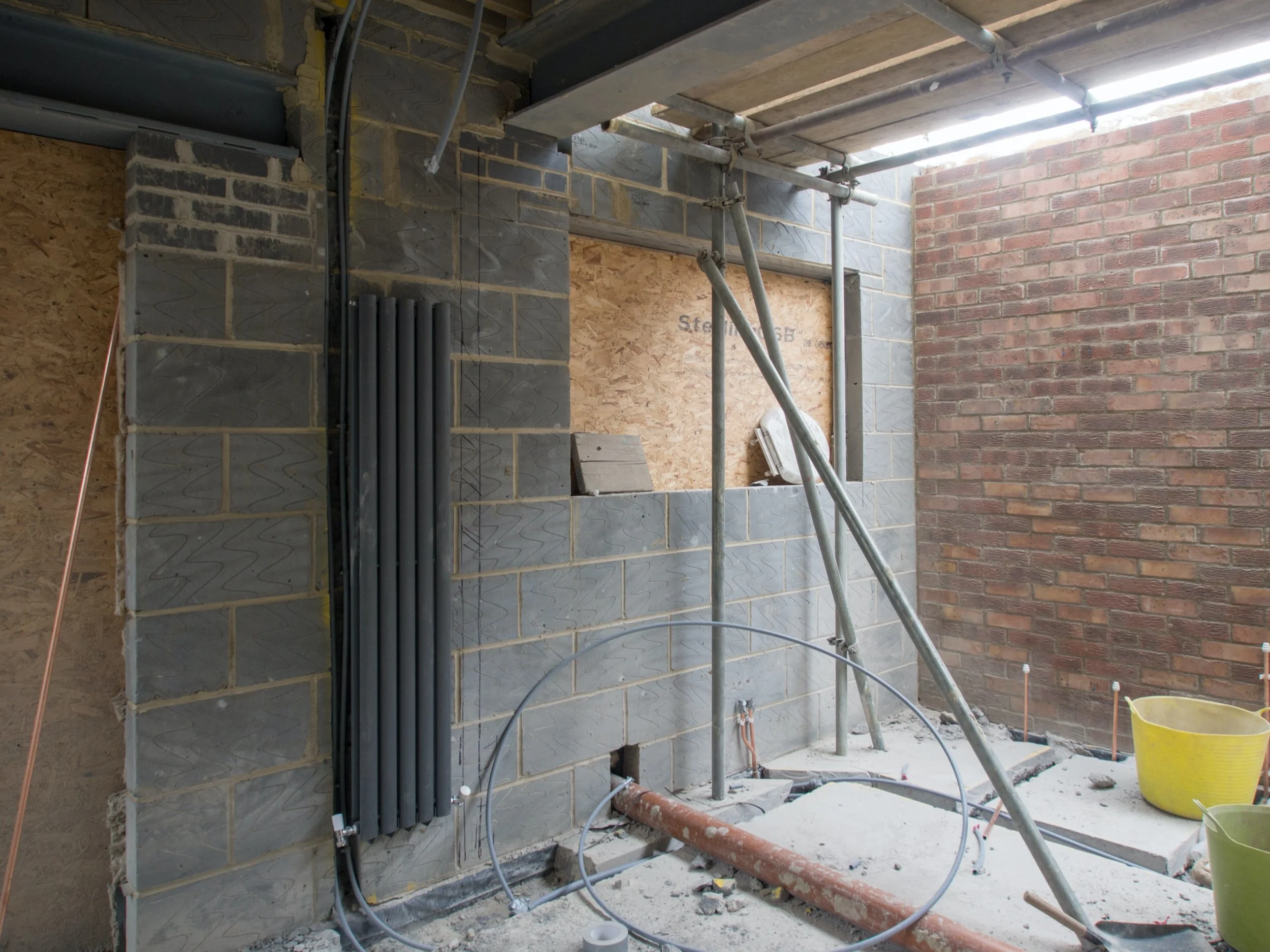Understanding & Identifying Polybutylene Pipes
Polybutylene pipes, sometimes known as PB pipes, are plastic water pipes that are faulty, ticking time bombs hiding in the walls of up to 10 million homes in the US. Finding and removing these pipes is imperative to avoid potentially massive costs down the line. These pipes were popular due to their affordability and easy installation. However, their history is marred by controversy and concerns about their reliability and durability.
In this post, we’ll look discuss:
What are Polybutylene Pipes?
Polybutylene pipes are made from a plastic resin called polybutylene, which is a polymer of butylene. They have a gray, blue, or black color and are flexible, making them easy to install in various plumbing applications. These pipes were initially seen as a cost-effective alternative to traditional materials like copper.
From the late 1970’s to the mid 1990’s, polybutylene pipes were installed in millions of homes as a cheaper alternative for water mains and interior water distribution. The new plastic quickly became popular for its low installation time and cost. For a while, everything was fine. Then, problems began to emerge.
The History of Polybutylene Pipes
During their heyday, polybutylene pipes were widely used in residential plumbing across the United States. Their affordability and ease of installation made them an attractive choice for homeowners and builders alike. However, as time went on, reports of leaks, failures, and costly damage caused by polybutylene pipes started to surface.
In the 1990s, a class-action lawsuit was filed against the manufacturers of polybutylene pipes, alleging that the pipes were defective and prone to failure. The lawsuit resulted in a multimillion-dollar settlement, highlighting the severity of the issues associated with these pipes.
One of the main concerns with polybutylene pipes was their susceptibility to degradation when exposed to certain chemicals commonly found in water, such as chlorine. Over time, the pipes could become brittle and develop micro-fractures, leading to leaks and potential water damage in homes.
Furthermore, the fittings used with polybutylene pipes were also a cause for concern. The fittings were made of acetal resin, which was found to be incompatible with the pipes, leading to joint failures and leaks. This compatibility issue further contributed to the overall unreliability of polybutylene plumbing systems.
As a result of the class-action lawsuit and the growing concerns about the reliability of polybutylene pipes, manufacturers ceased production of these pipes for plumbing applications in the United States. Homeowners and builders began to replace polybutylene pipes with more reliable materials, such as copper or cross-linked polyethylene (PEX).
While polybutylene pipes are no longer produced for plumbing use, there are still homes with existing polybutylene plumbing systems. Homeowners with these systems often face the decision of whether to replace the pipes proactively or wait for potential issues to arise. It is recommended to consult with a professional plumber to assess the condition of the pipes and determine the best course of action.
What is the danger of polybutylene?
As mentioned, the main issue with these polybutylene pipe is that they tend to spring leaks, or burst entirely. It’s believed that chemicals in our water, such as chlorine and other oxidants, have an adverse reaction with the chemical compounds the pipe is made of, causing the pipe to break down over time.
Whether it’s a pinprick sized leak or a water main burst, both cause major issues and the resulting water damage comes with a huge bill. Piping replacement alone can cost $10-15k (or even more these days), so catching this before it becomes an issue is always a good idea.
Issues with Insurance and Home Sales
Due to the history of leaks and failures associated with polybutylene pipes, insurance companies may view homes with these pipes as high-risk. This can lead to difficulties obtaining insurance coverage and increased premiums.
Insurance companies often consider the potential risks associated with different types of plumbing materials. The track record of polybutylene pipes, with their susceptibility to leaks and breakages, can make them a red flag for insurers. Homeowners with polybutylene pipes may find that they need to search for specialized insurance coverage or pay higher premiums to ensure their property is adequately protected.
Additionally, when selling a home with polybutylene pipes, potential buyers may request their replacement as a condition of purchase, adding to the overall costs and negotiation challenges.
Buyers may be concerned about the potential risks and expenses associated with polybutylene pipes. To alleviate these concerns, sellers may need to consider replacing the pipes before listing the property or negotiate the cost of replacement with the buyer. This can add complexity to the home selling process and potentially impact the final sale price.
How to identify polybutylene pipes
A common question I receive is: “what does polybutylene pipe look like?”
Here we’ll talk about exactly that, and places in your home you can check for them. Because water mains are buried underground, there’s you won’t be able to examine them. However, if you find polybutylene pipes in your house, you can assume that the water main is probably one too.
Appearance
½” or 1” in diameter
Grey in color
May be marked with the symbol ‘PB2110’
Flexible
Polybutylene piping can be found in several places in the home. Check the following locations if you are unsure.
Interior:
Protruding from walls to feed toilets and sinks
Across the ceiling in unfinished basements
Close to the water heater
Exterior:
Entering the home through the basement wall
By the water meter
By the main water shut-off valve
If you can’t access your plumbing pipes or you’d rather be safe than sorry, call over a certified plumber to come check them out. One important factor to keep in mind is that they’re not used for waste, drain or vent piping
Alternatives to Polybutylene Pipes
If you're considering replacing your polybutylene pipes, several alternative options are available.
Copper Pipes
Copper pipes have long been the standard in plumbing due to their durability and resistance to corrosion. They have a lifespan of over 50 years and are well-regarded for their performance and reliability.
PVC Pipes
PVC pipes, made from a plastic polymer called polyvinyl chloride, are another popular choice. They are cost-effective, easy to install, and resistant to corrosion. PVC pipes are suitable for both cold and hot water applications.
PEX Pipes
PEX pipes, also known as cross-linked polyethylene pipes, offer flexibility and durability. They can withstand high temperatures and are less prone to freezing or bursting. PEX pipes are also resistant to scale buildup and corrosion.
When deciding on the best alternative, it is essential to consider factors such as budget, specific plumbing needs, and local building codes.
Next Steps
So maybe you’ve just checked and you found some of these pipes, or in the worst case scenario, you see that there’s water on the floor or around the pipe. What do you do now? As with all water damage, time is of the essence. You will need to have your home repiped before more damage occurs.
A silver lining to this situation is that you may be entitled to compensation. A class action lawsuit was filed against the makers of these pipes (Shell Oil mostly), and there are certain circumstances that will enable you to get the repairs paid for.
As a home inspector, when conducting a residential home inspection, one of the main things I look for is the presence of polybutylene. If you need help in properly identifying polybutylene in your home or commercial property, contact me here. You can also schedule a home inspection online if you’re concerned a home you’re considering may have PB pipes. First inspection? See how much it may cost and what to expect with the process.


